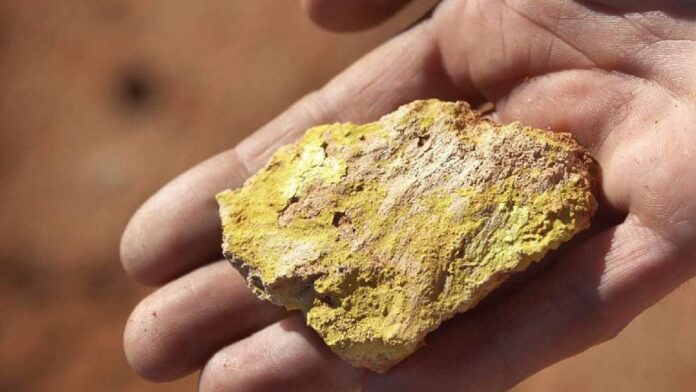Several regions in Indonesia apparently store abundant nuclear raw materials, uranium. Uranium is also useful for Nuclear Power Plants (PLTN).
This fact was presented by the Indonesian Mining and Energy Forum (IMEF). Chairman of the Indonesian Mining and Energy Forum (IMEF), Singgih Widagdo, said that Indonesia’s uranium reserves are basically not that big, namely only 5% of the world’s reserves.
RI’s uranium reserves are at least scattered in West Kalimantan, Papua, Bangka Belitung, Sulawesi, and Singkep Island.
Meanwhile, Australia is currently ranked first as the country’s largest owner of uranium reserves, which is around 29% of world reserves. Then followed by Kazakhstan with 13%, Russia and Canada with 9%, then South Africa with 6%.
“And nearly 5% (the same as Indonesia’s reserves) are spread in China, Namibia, and Nigeria. However, in terms of uranium production, Australia, Canada and Kazakhstan are the world’s three largest uranium-producing countries. Of the three uranium isotopes in nature, namely U-234, U-238, and almost 99 percent of the reserves as uranium U-238,” Singgih said.
As is known, President Joko Widodo (Jokowi) has given his blessing to entrepreneurs who want to mine nuclear raw materials in Indonesia. This is stated in Government Regulation (PP) Number 52 of 2022 concerning the Safety and Security of Mining of Nuclear Minerals.
In carrying out the analysis, the entrepreneur must also prepare, implement and update safety analysis documents for construction and mining activities or processing of radioactive minerals.
Article 6 it is explained that the mining of nuclear minerals is grouped into three types, namely radioactive mineral mining, processing of radioactive associated minerals, and storage of radioactive associated minerals. The radioactive follow-up minerals include uranium or thorium.
Not only that, the Ministry of Energy and Mineral Resources (ESDM) previously revealed that the government is targeting the first nuclear power plant to be built and operational in 2040.























